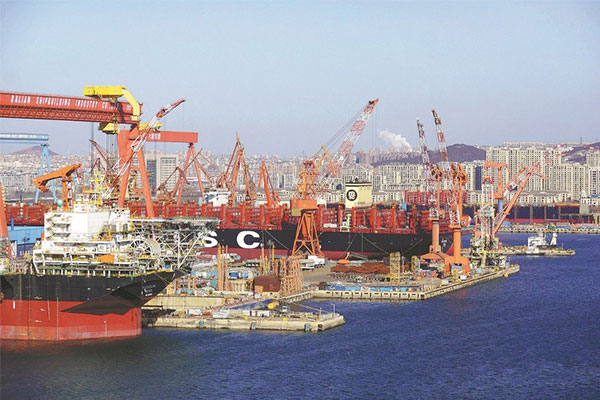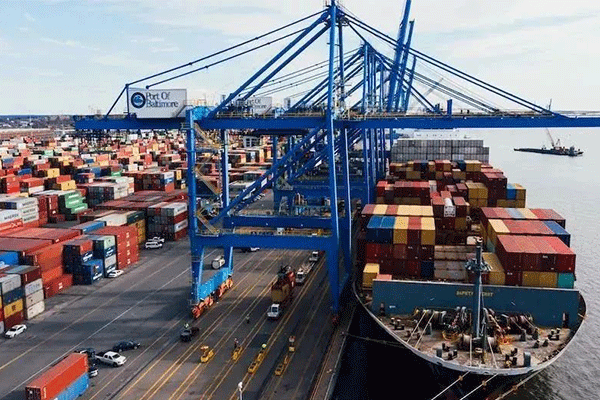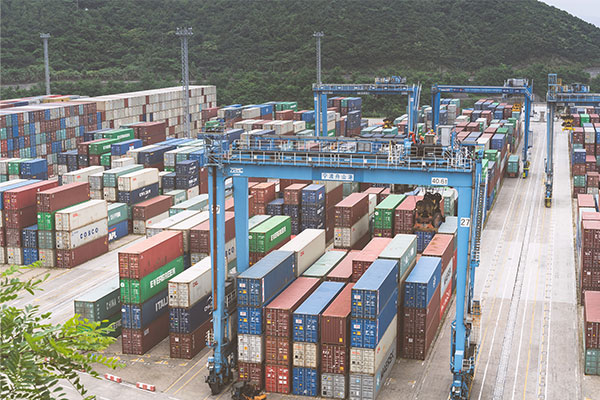- Shanghai Zhongshen International Trade Co., Ltd. - Two decades of trade agency expertise.
- Service Hotline: 139 1787 2118

How to judge the professionalism of doors and windowsExport Representation?
When selecting an agent, focus on the following elements:
- Industry certification qualifications: ISO system certification, Customs AEO certification (new digital customs clearance capability requirements added from 2025)
- Overseas warehouse layout: Whether there are bonded warehouses or overseas warehouses in target markets (especially in regions with significant differences in door and window standards like Europe and America)
- Case data verification: Request export clearance documents for similar products in the past 2 years (note the 2024 HS code adjustment records)
- Risk control system completeness: Should include quality dispute resolution mechanisms and exchange rate fluctuation response plans
What special certifications are required for door and window product exports?
Different markets have differentiated requirements:
- European Union Market: CE certification (EN 14351-1 door and window performance standards), EPD environmental declaration
- North American Market: ENERGY STAR energy efficiency certification, NFRC labeling system
- Australian market: WERS water efficiency rating + AS 2047 wind pressure resistance test
- Middle East market: GCC certification + dust test report (new anti-corrosion testing item added in 2025)
How do export agents handle transportation damage issues for doors and windows?
Mature agents implement a three-level protection system:
- Packaging stage: Use EPE pearl cotton + honeycomb board to reinforce corner protection
- Container loading process: Adopt air cushion film filling system with loading density controlled at 85%-92%
- : Require the agent to purchase liability insurance of at least 5 million yuan: Require agents to purchase All Risks insurance (covering accidental damage during loading/unloading)
Case study: A Zhejiang enterprise reduced glass breakage rate from 3.2% to 0.7% using agents intelligent container loading system
What risks should be considered when exploring emerging markets?
Recommendations for emerging markets like Southeast Asia and Africa:
- Payment method: Prioritize LC at sight + 30% advance payment combination
- Standard adaptation: For example, Vietnam requires doors and windows to meet ASTM E1996 typhoon resistance standard
- Customs clearance difficulties: Indonesia requires pre-application for SNI certification, extending customs clearance time to 21 working days
- Cultural adaptation: Middle Eastern clients prefer golden hardware fittings, requiring sample confirmation in advance
How to obtain tariff preferences through agents?
Professional agents should possess the following capabilities:
- Application of rules of origin: Utilize RCEP agreement to obtain tariff reductions in ASEAN markets
- Pre - ruling service for classification: Accurate classification under HS 76101000 (aluminum doors and windows for construction)
- Free trade agreement alignment: Green product tariff preferences under China-EU CAI framework (effective in 2025)
Data reference: EUs 2024 anti-dumping duty rate on Chinese aluminum profiles is 18.6%, professional classification can avoid misapplication
Do agent services include after-sales dispute resolution?
Quality agents should provide full-chain services:
- Quality Dispute Handling: Commission SGS/BV and other institutions for on-site inspections
- Legal Support: Coordinate with overseas law firms to handle contract breach cases
- Spare parts management: Stock spare hardware parts (hinges, pulleys and other vulnerable parts) in overseas warehouses
Special reminder: The contract must specify the dispute resolution location (recommended to choose Singapore International Arbitration Center)
Related Recommendations
Learn
Get in Touch
Email: service@sh-zhongshen.com
Related Recommendations
Contact via WeChat

? 2025. All Rights Reserved. Shanghai ICP No. 2023007705-2  PSB Record: Shanghai No.31011502009912
PSB Record: Shanghai No.31011502009912









